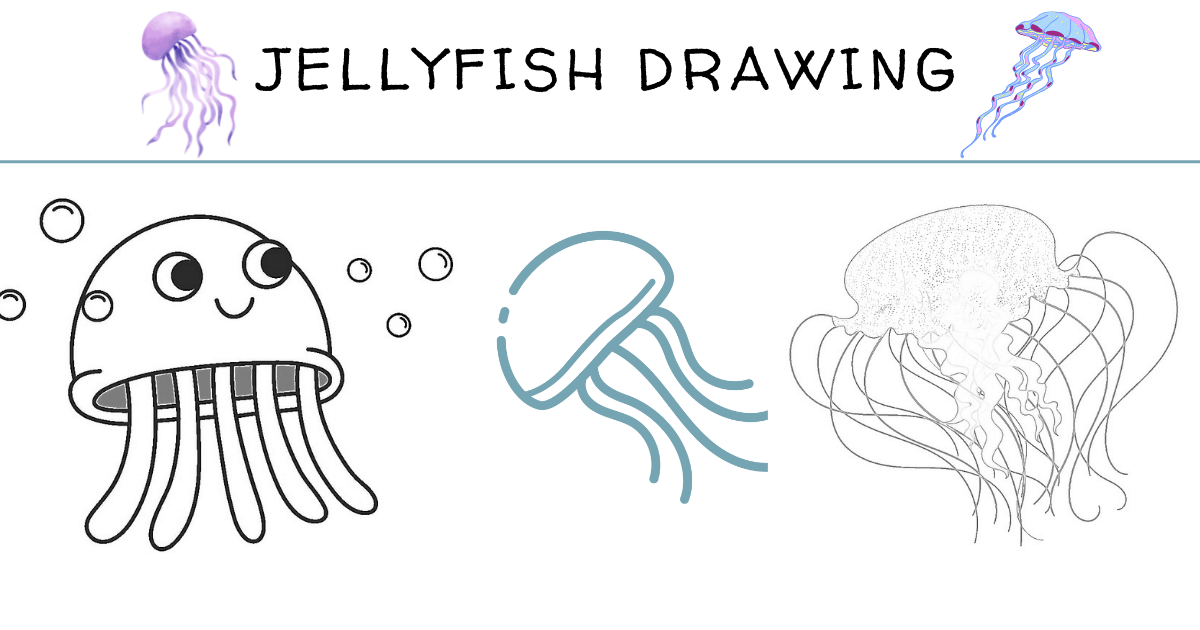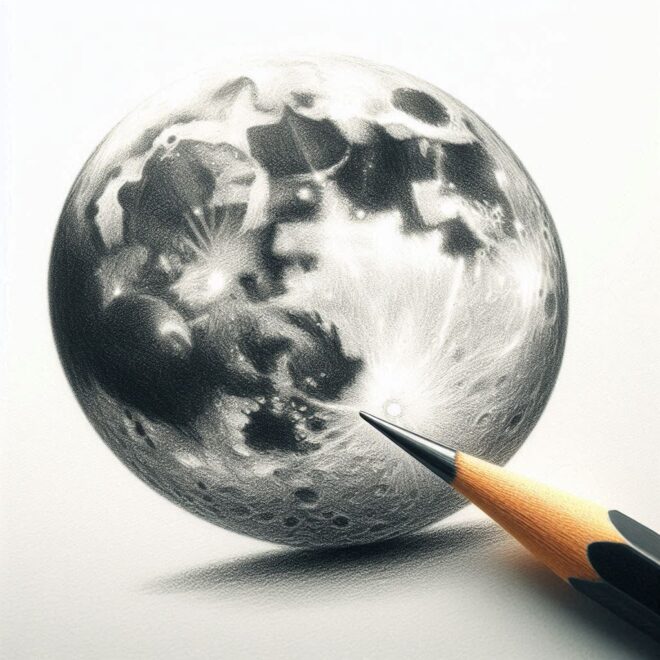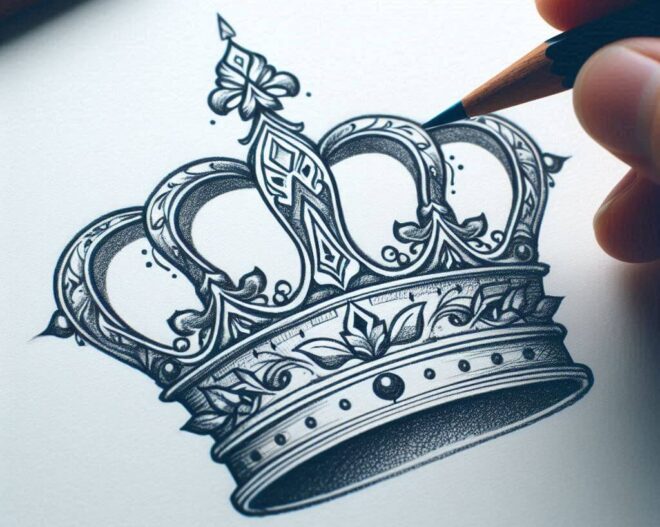Jellyfish, with their ethereal grace and delicate tentacles, have long fascinated artists and art enthusiasts alike. Their translucent bodies and flowing movements make them a captivating subject for pencil drawings. In this step-by-step guide, we will explore the process of creating a stunning pencil drawing of a jellyfish. Whether you’re a seasoned artist or just starting your artistic journey, this tutorial will help you bring the enchanting beauty of jellyfish to life on paper.
Gather Your Materials (Step 1)
Before we begin, let’s make sure we have all the necessary materials. For this pencil drawing, you will need:
- A set of pencils (ranging from 2H to 6B)
- Good quality drawing paper or sketchbook
- Eraser (preferably a kneaded eraser)
- Blending tools (such as blending stumps or tortillons)
- Reference image of a jellyfish (you can find high-resolution images online or use a photograph you’ve taken)
Study the Anatomy and Characteristics of a Jellyfish (Step 2)
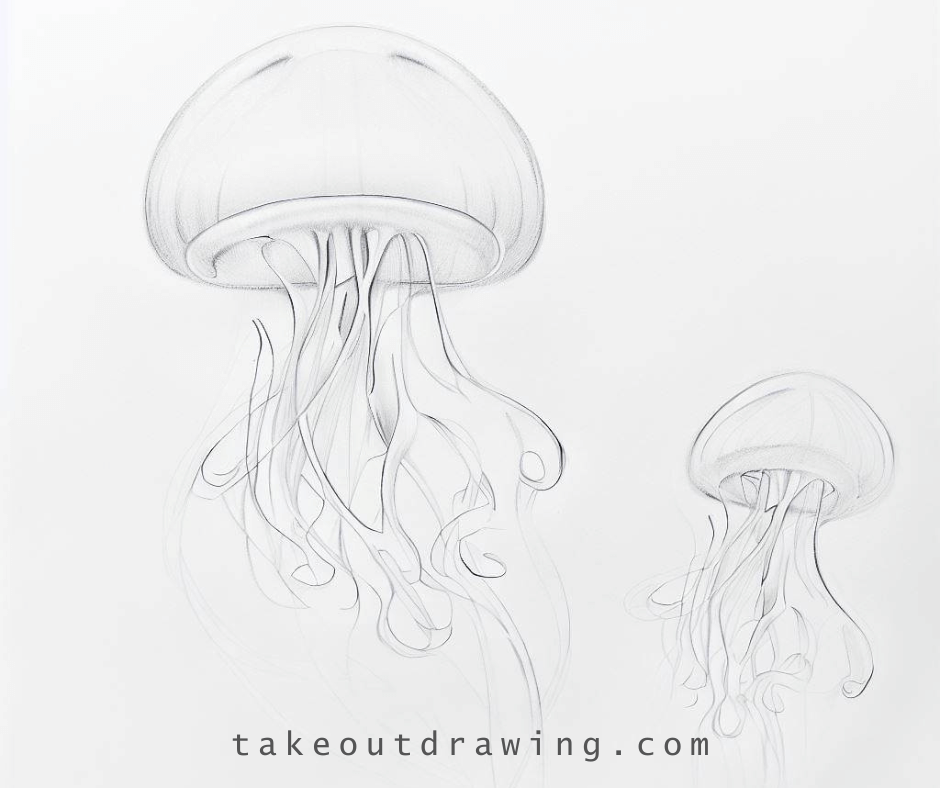
Take a moment to observe the reference image and familiarize yourself with the anatomy and unique features of a jellyfish. Notice the shape of the bell, the tentacles, and any other distinct details. Understanding these elements will help you accurately represent the jellyfish in your drawing.
Sketch the Basic Shapes (Step 3)
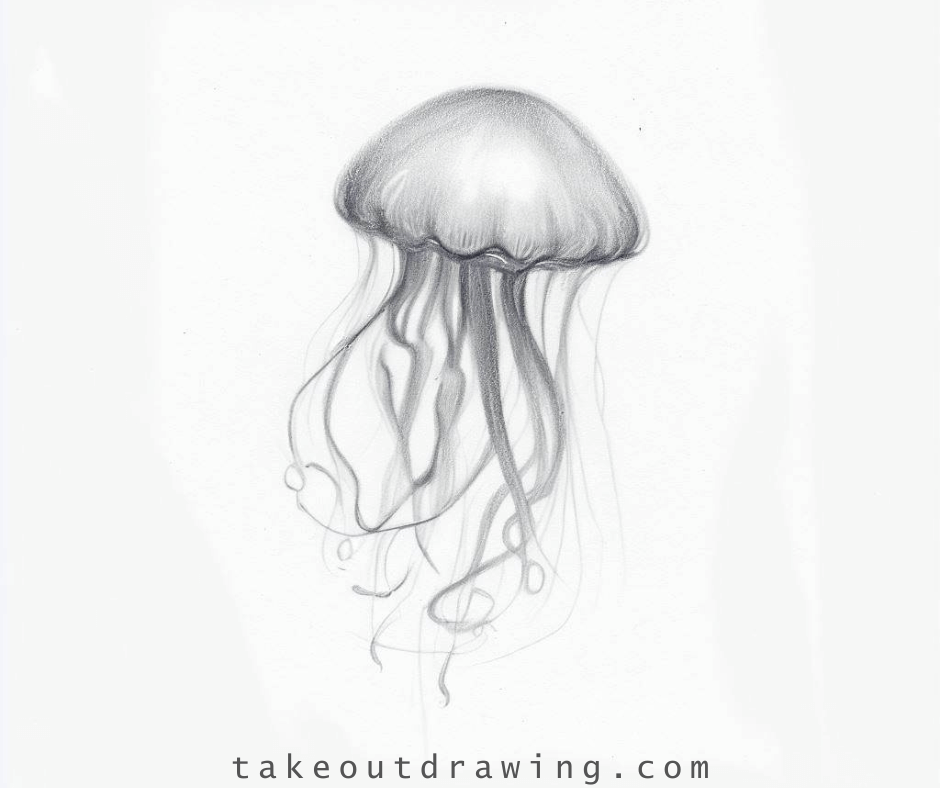
Begin by lightly sketching the basic shapes of the jellyfish. Use simple geometric forms to establish the proportions and overall structure. Start with an oval for the bell of the jellyfish and lightly add guidelines for the tentacles. Remember, these initial lines should be faint and easily erasable.
Define the Form and Details (Step 4)

Once you are satisfied with the basic shapes, start refining the form of the jellyfish. Gradually add more details, paying attention to the curves and contours of the bell and tentacles. Use a softer pencil (e.g., 2B or 4B) to create darker lines and shading. Work slowly and patiently, building up the values and textures.
Create Textures and Shadows (Step 5)
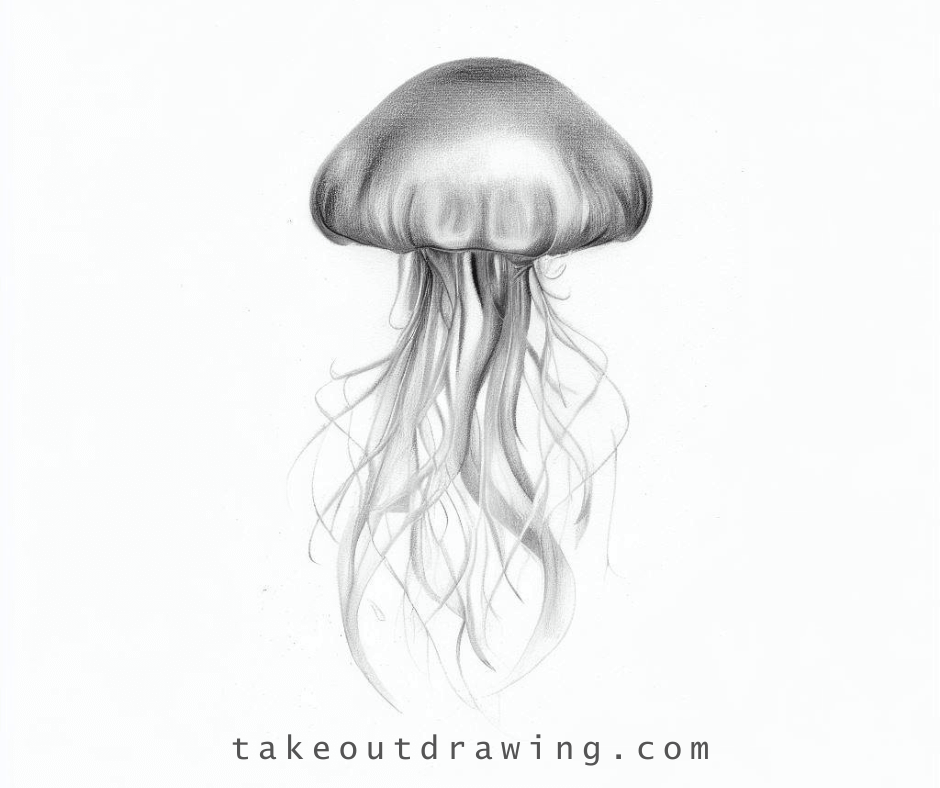
Jellyfish have a delicate and translucent appearance. To capture this in your drawing, focus on creating textures and shadows. Use your pencils to layer light, feathery strokes to depict the jellyfish’s body and tentacles. Pay attention to the direction of the strokes, following the flow and movement of the jellyfish. Use a blending stump or tortillon to smooth out the shading and create a seamless transition between values.
Refine the Details (Step 6)

As you progress, work on refining the smaller details of the jellyfish. Pay close attention to the intricate patterns and textures on the bell and tentacles. Use an eraser (kneaded erasers work well for precision) to lift off highlights and create highlights on the body of the jellyfish. Be patient and take your time to achieve the desired level of realism.
Final Touches (Step 7)
Take a step back and evaluate your drawing. Make any necessary adjustments or enhancements to ensure the overall composition is well-balanced. Use your eraser to clean up any stray marks or smudges. Add any final touches to bring out the vibrancy and ethereal quality of the jellyfish.
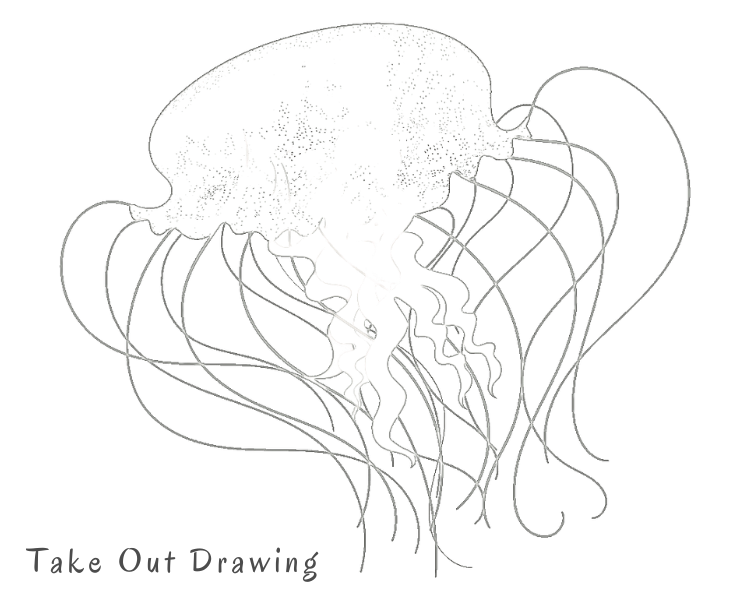
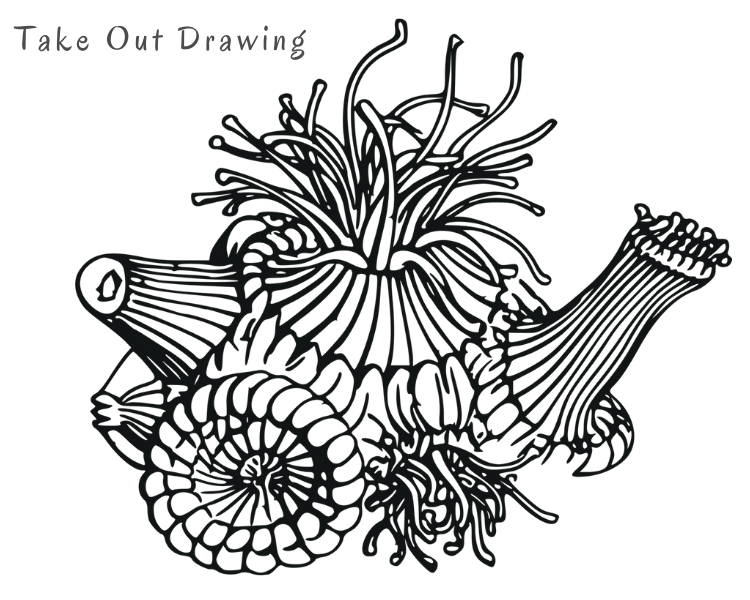

Jellyfish Drawing Easy


Jellyfish are one of the most unique creatures in the ocean. their delicate tentacles and vibrant colors make them a favorite for many artists. below is a step by step guide to Drawing a Jellyfish using pencils:-
- Start by drawing a simple oval for the body of the jellyfish.
- Next, add a circle inside the body. this will be used to add detail later on.
- From there, draw a six-pointed star shape in the middle of the jellyfish’s body for the top of it.
- Now we will begin adding some shapes that resemble tentacles to create a pattern around its body and then draw a small circle in the middle of the top of the jellyfish for its head.
- Once you have all the tentacles in place, use a light pencil to lightly sketch in some details like ridges and veins.
- Finally, go over all your lines with a darker pencil to give your drawing more definition.
and there you have it! a beautiful pencil drawing of a jellyfish.
Realistic Jellyfish Drawing
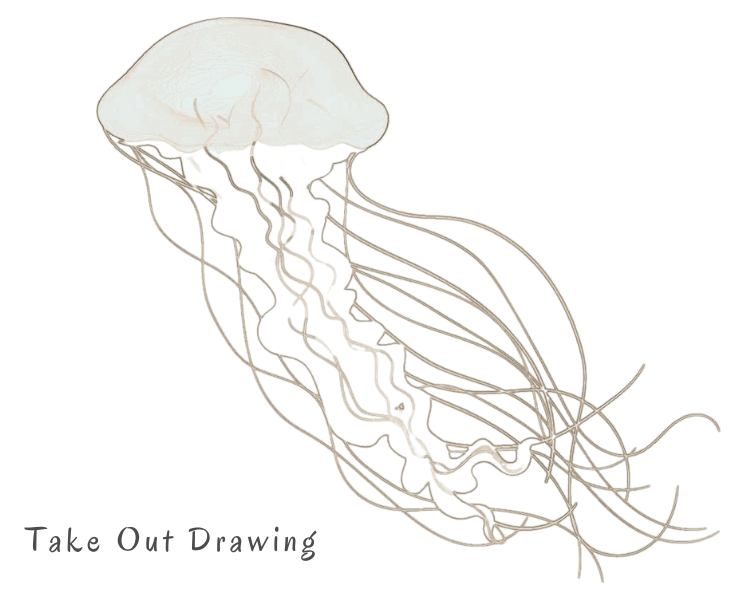
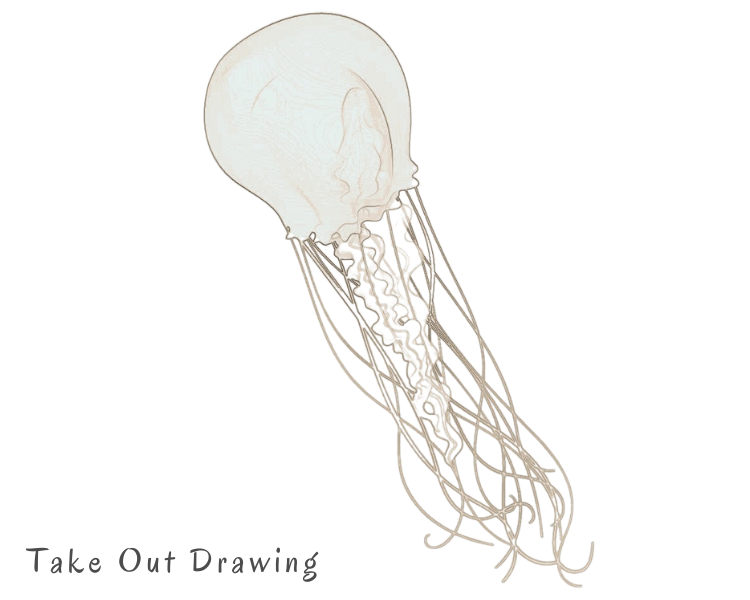
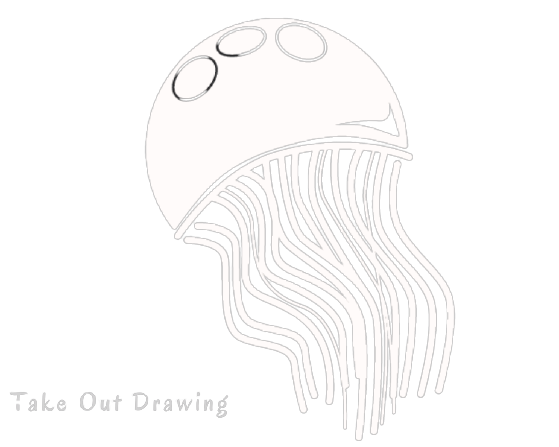

Jellyfish Cartoon Drawing
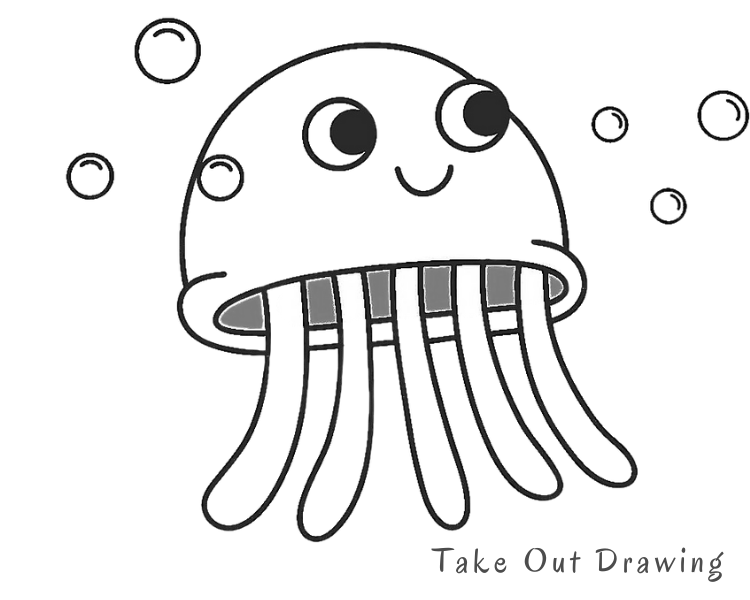
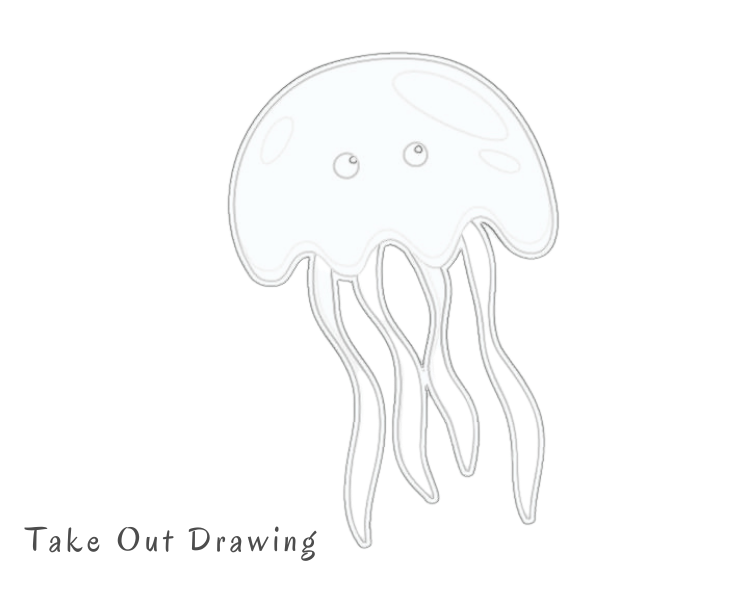
Cute Jellyfish Drawing
Jellyfish are gentle creatures that often get a bad rap. they are often mistaken for sea creatures like jellyfish, which can sting humans. in reality, moon jellies are not harmful to people and are actually quite beautiful.
if you’re looking to learn more about these creatures, there are a few things you should know. first, moon jellies are not true jellyfish. they are made up of two different cell types and do not have the same type of stinger as some of the other species. secondly, moon jellies can change color depending on their environment. They typically turn pink in the summer when they are in hot temperatures and purple when they are in colder environments.
Jellyfish can also glow at night if there is enough moonlight. this helps them capture tasty plankton to eat, which provides all their nutrients for survival. jellyfish sometimes come together in huge groups called blooms that can be so big that they appear as a red or pink mass to the naked eye.
Now that you’ve learned about moon jellies, go out and find some in real life! good luck and happy jellyfish hunting!
The next time you’re at the beach, be sure to keep an eye out for moon jellies. these gentle creatures can often be found near the shoreline. if you’re lucky, you might even see a few in the water.
Another trending drawings
- Pineapple Drawing- How to draw pineapple step by step
- Easy, Cartoon Fox Outline Line Drawing Tutorials
- Easy Cute Duck Drawing Guide and Tutorials
Top 20 important facts about Jellyfish
- Jellyfish are invertebrates and belong to the phylum Cnidaria, which also includes coral, anemones, and hydrozoans.
- There are more than 2,000 different species of jellyfish.
- Some jellyfish can be very small, while others can grow up to 2 meters in diameter.
- Jellyfish are carnivores and eat zooplankton, other small invertebrates, and fish.
- Jellyfish have a unique life cycle that includes both sexual and asexual reproduction.
- Jellyfish can be found in all of the world’s oceans, from the surface to the deep sea.
- Jellyfish are often found in large blooms, which can be a nuisance to fishermen and swimmers.
- Jellyfish venom can cause serious harm to humans, including death in some cases.
- Jellyfish are an important part of the marine food web and play a role in nutrient cycling.
- Jellyfish are fished for food in some parts of the world, but the jellyfish populations may not be able to keep up with demand.
- Some scientists believe that jellyfish blooms will become more extensive and frequent as ocean waters warm due to climate change.
- Scientists are working to develop new technologies to harvest jellyfish for food and other purposes.
- Jellyfish are being studied as a potential source of biofuel.
- Some people use jellyfish in traditional medicine.
- Jellyfish can be used as ecofriendly alternatives to conventional plastics.
- Jellyfish have been shown to have some anti-cancer properties.
- Some people are working to create new products made from jellyfish.
- Jellyfish are being used in studies of hydrodynamics and oceanography.
- Jellyfish can be used as indicators of environmental health.
- There is a growing interest in using jellyfish as aquaculture feed.
Frequently Asked Questions
Can I use colored pencils instead of graphite pencils?
How do I choose a suitable reference image?
What if I make a mistake while drawing?
How can I make my drawing more realistic?
Can I add a background to my jellyfish drawing?
Are there any tips for beginners?
Note: The images used in this blog post are for illustrative purposes only and are not actual step-by-step progression images of a jellyfish drawing.










